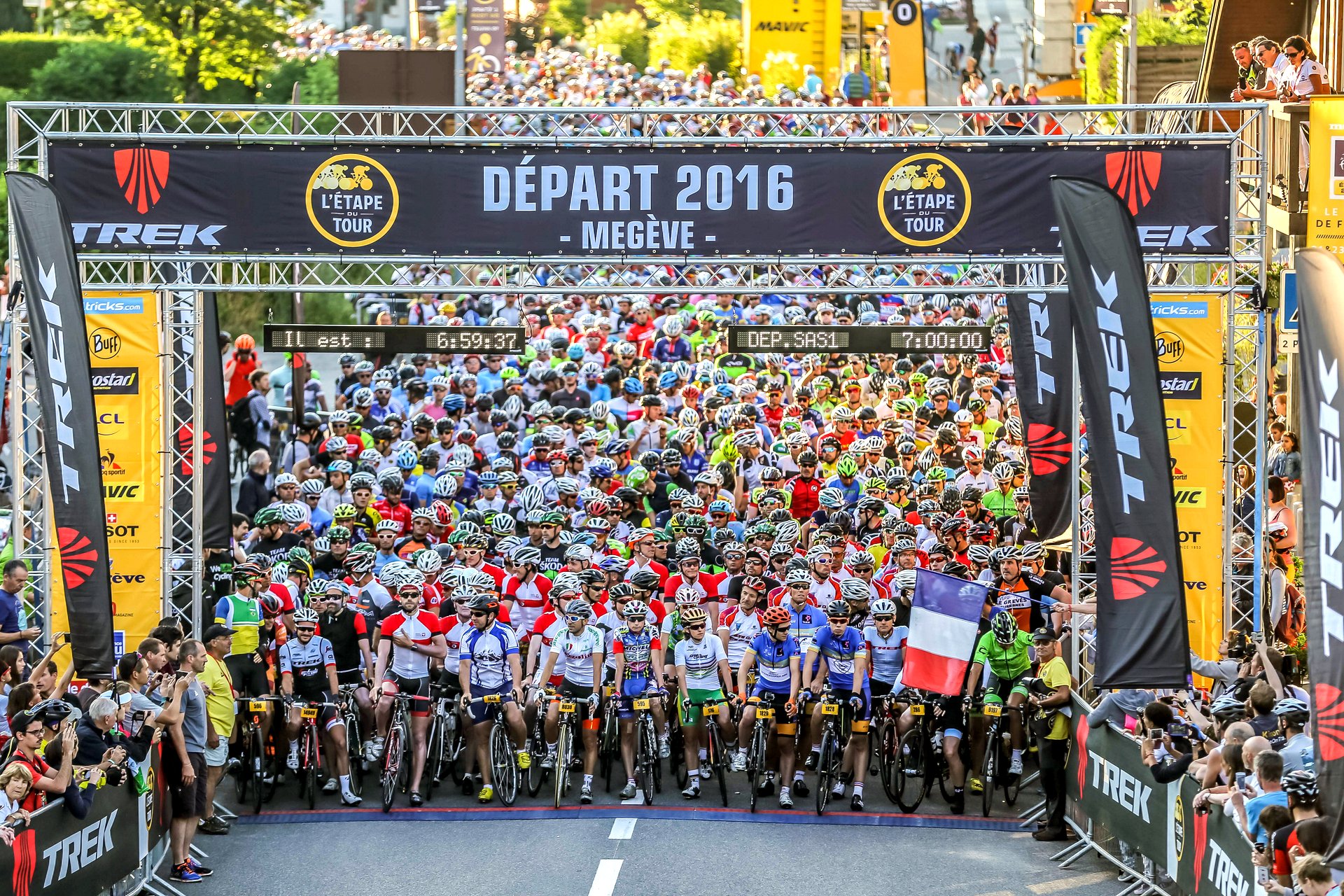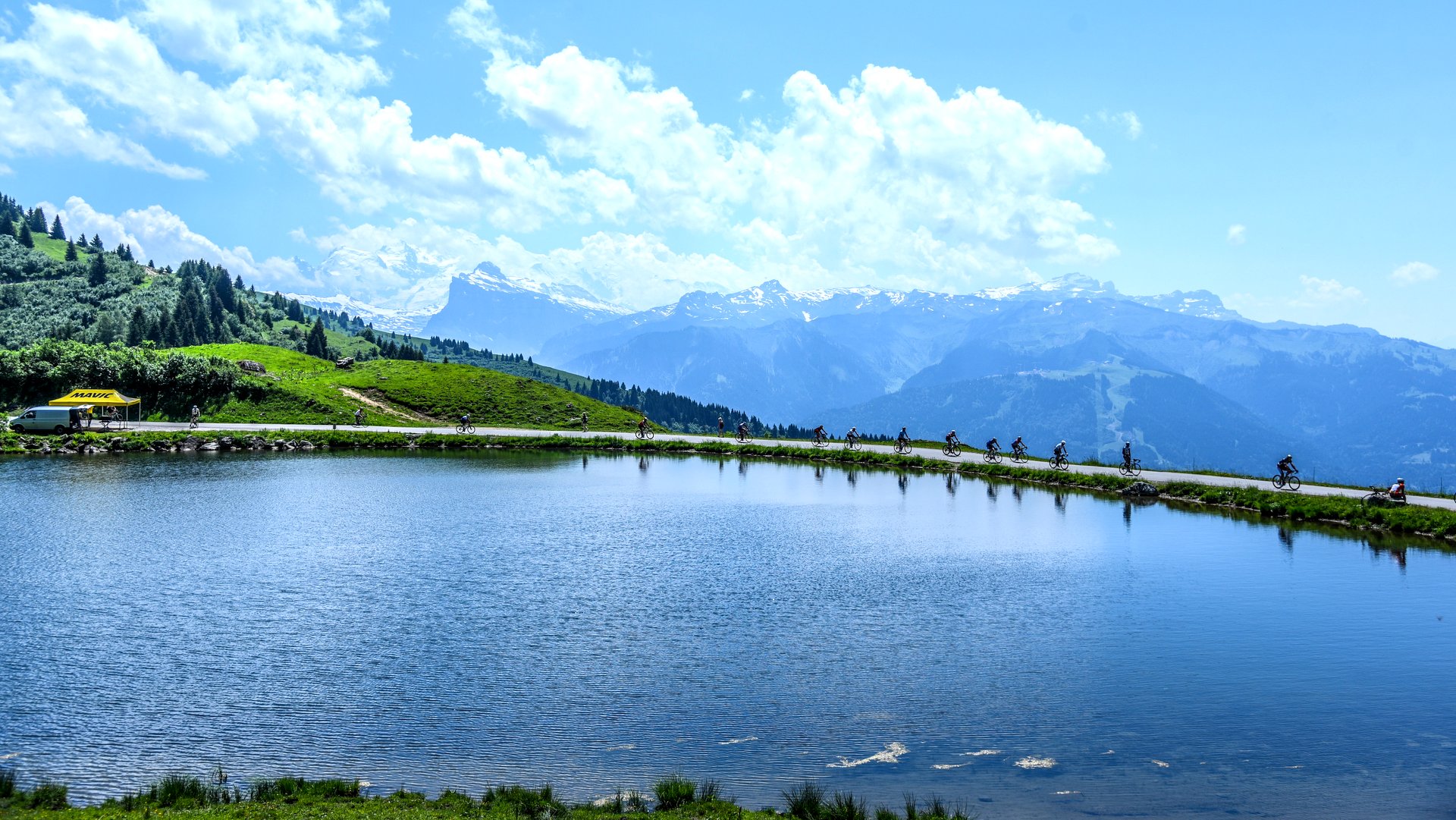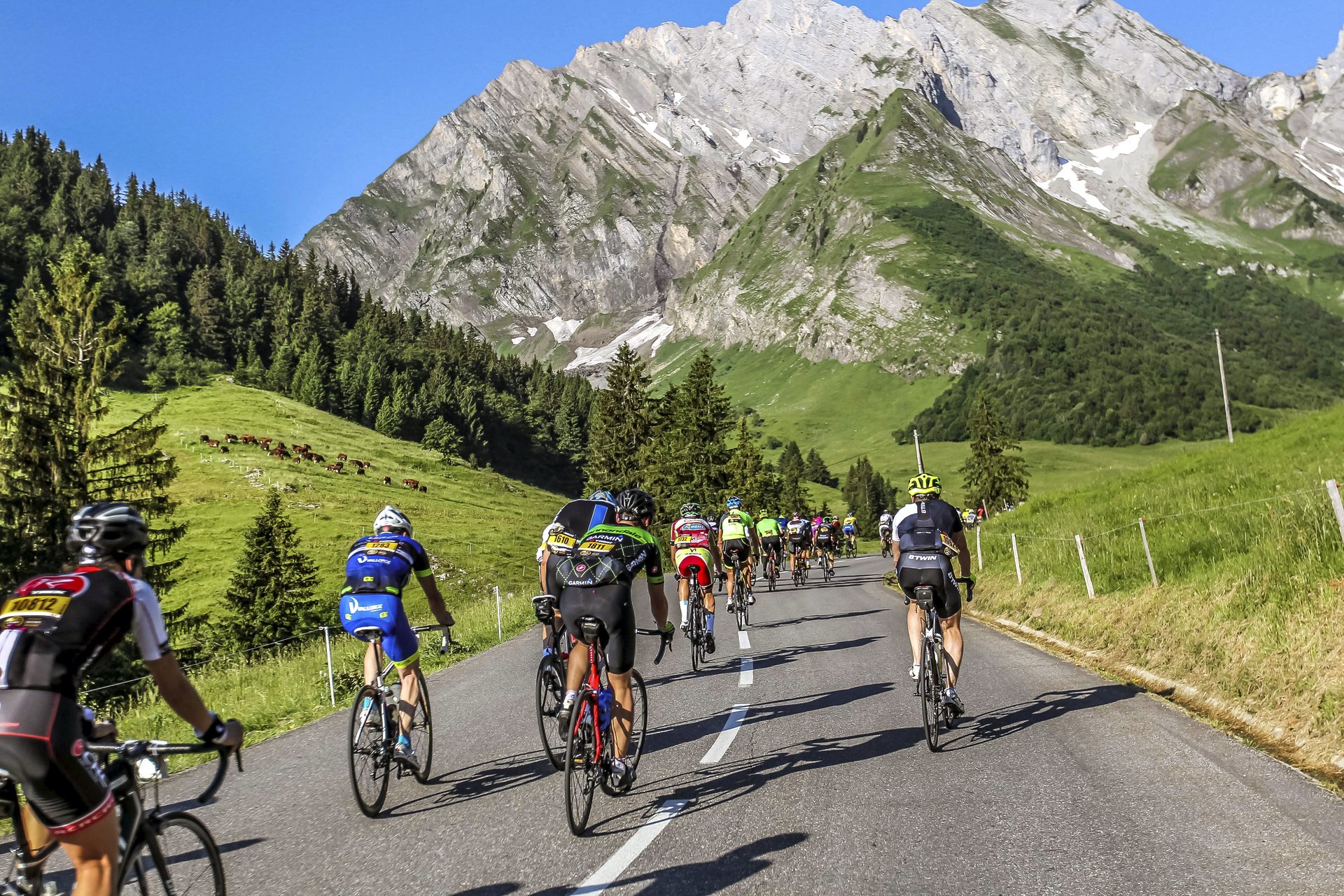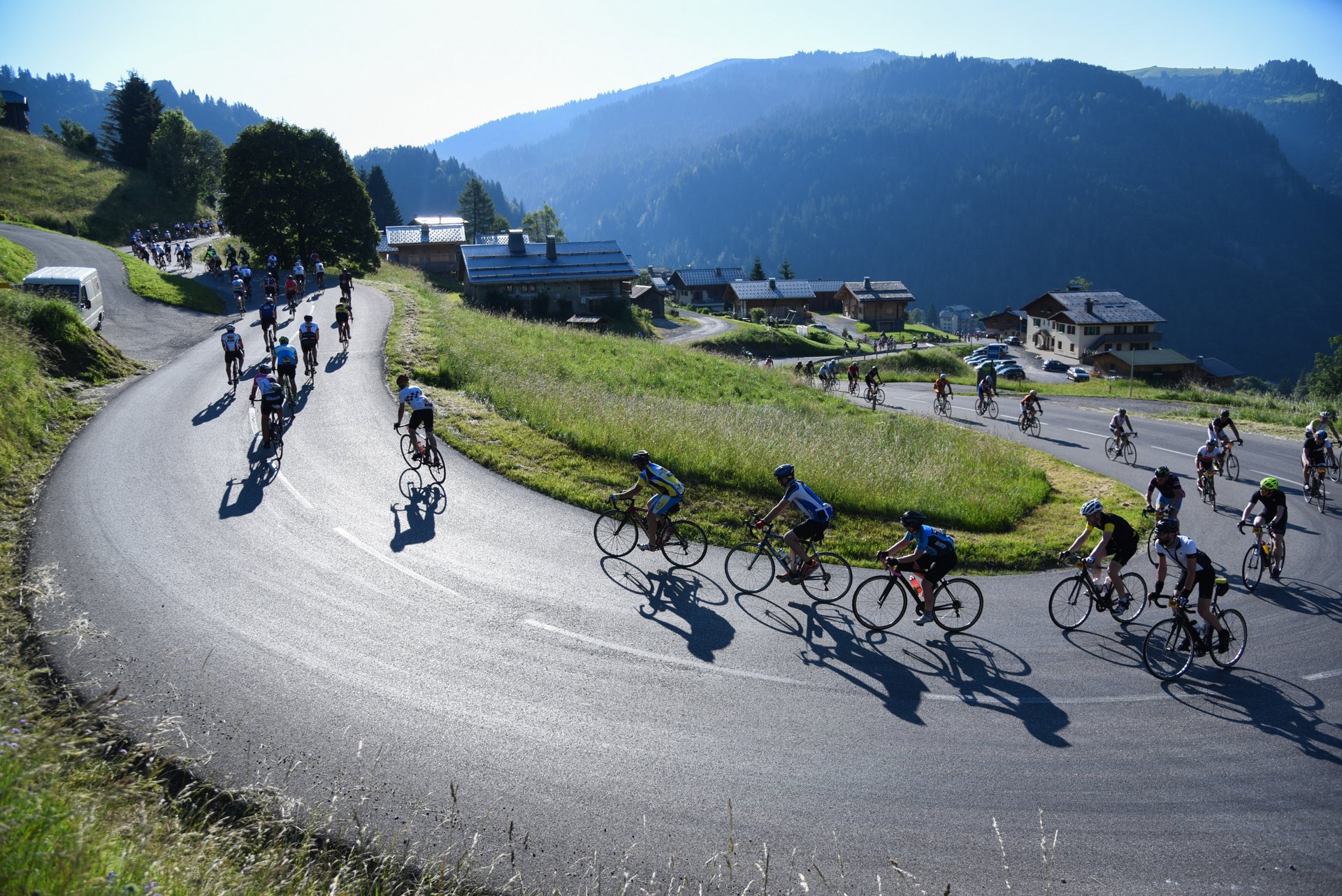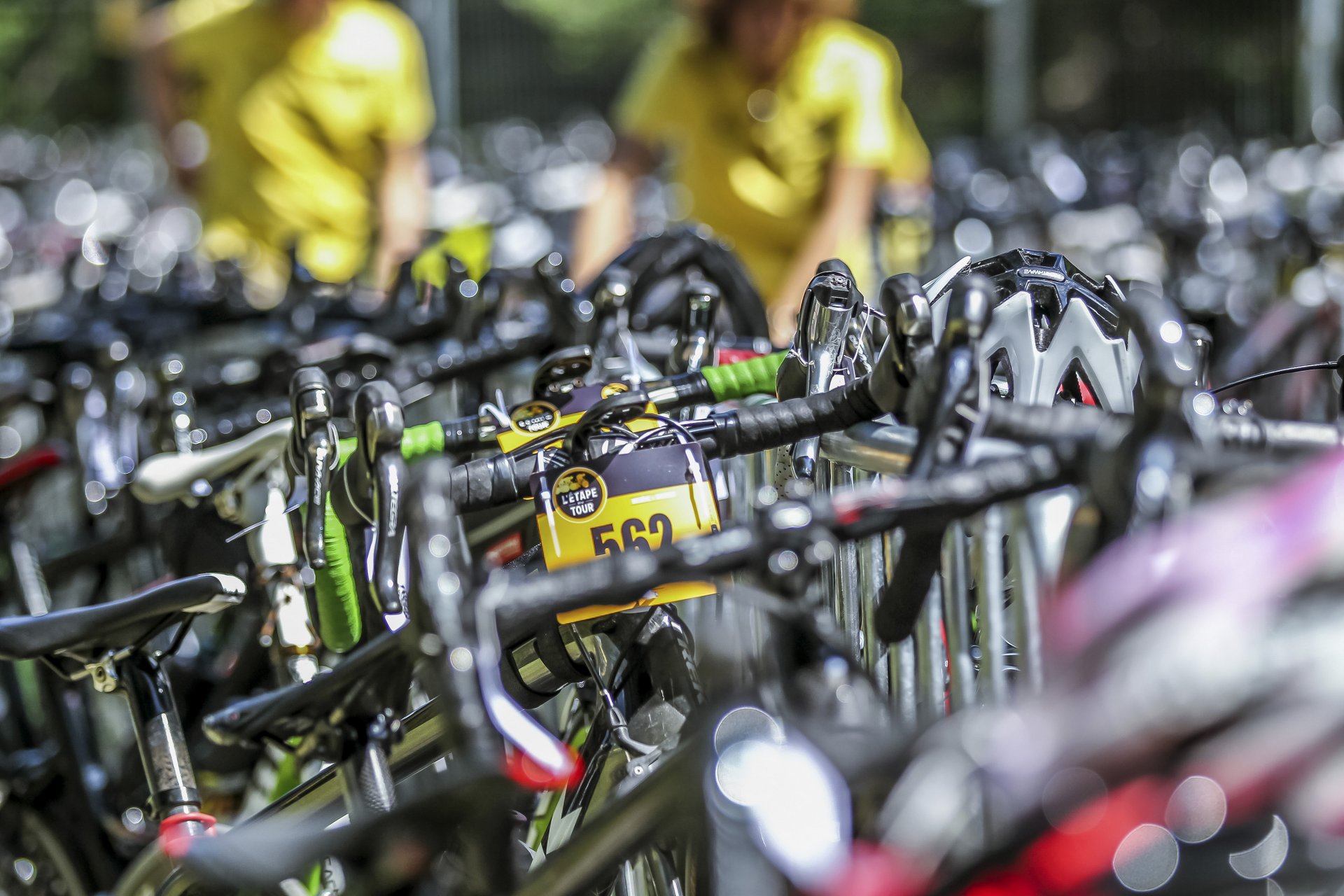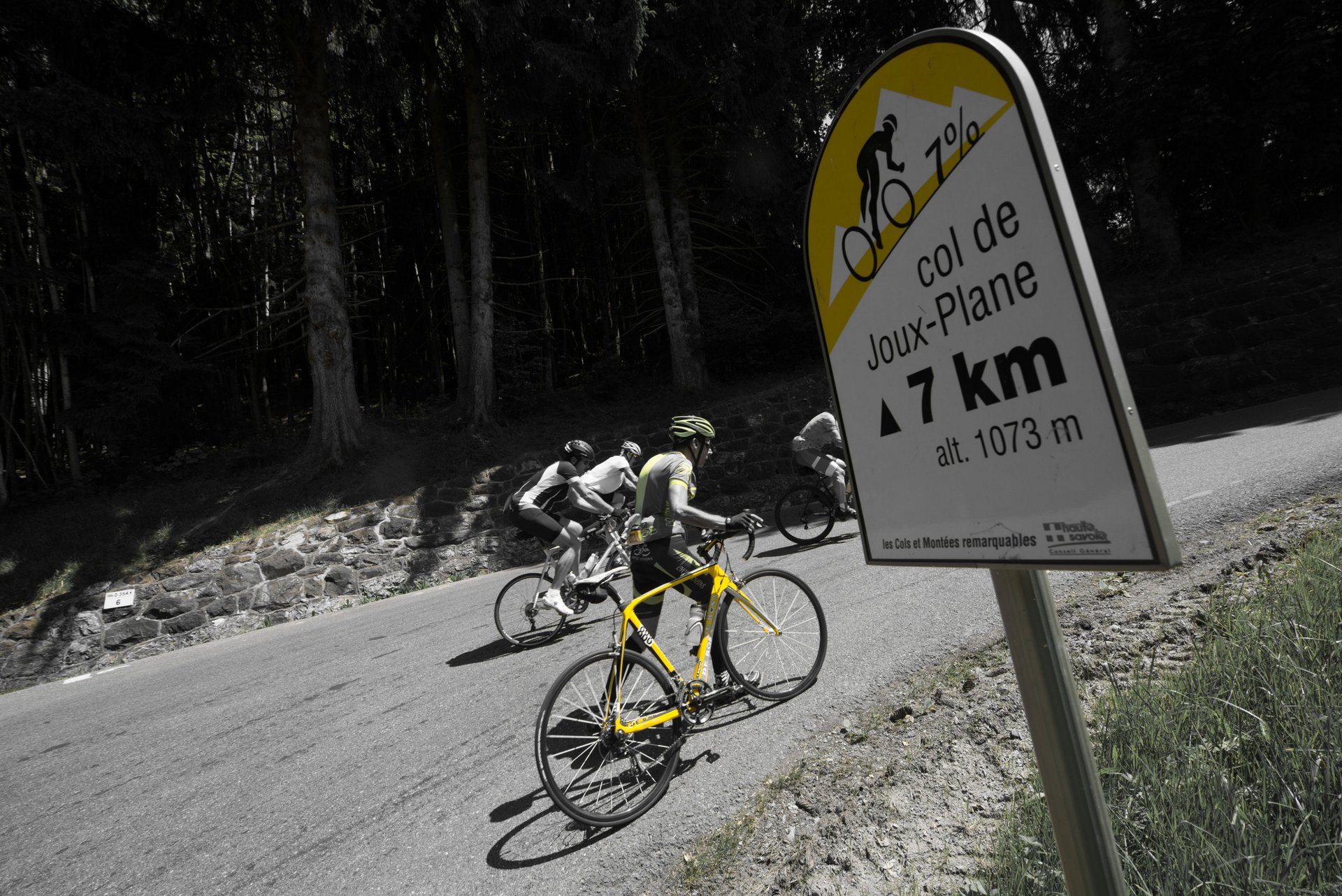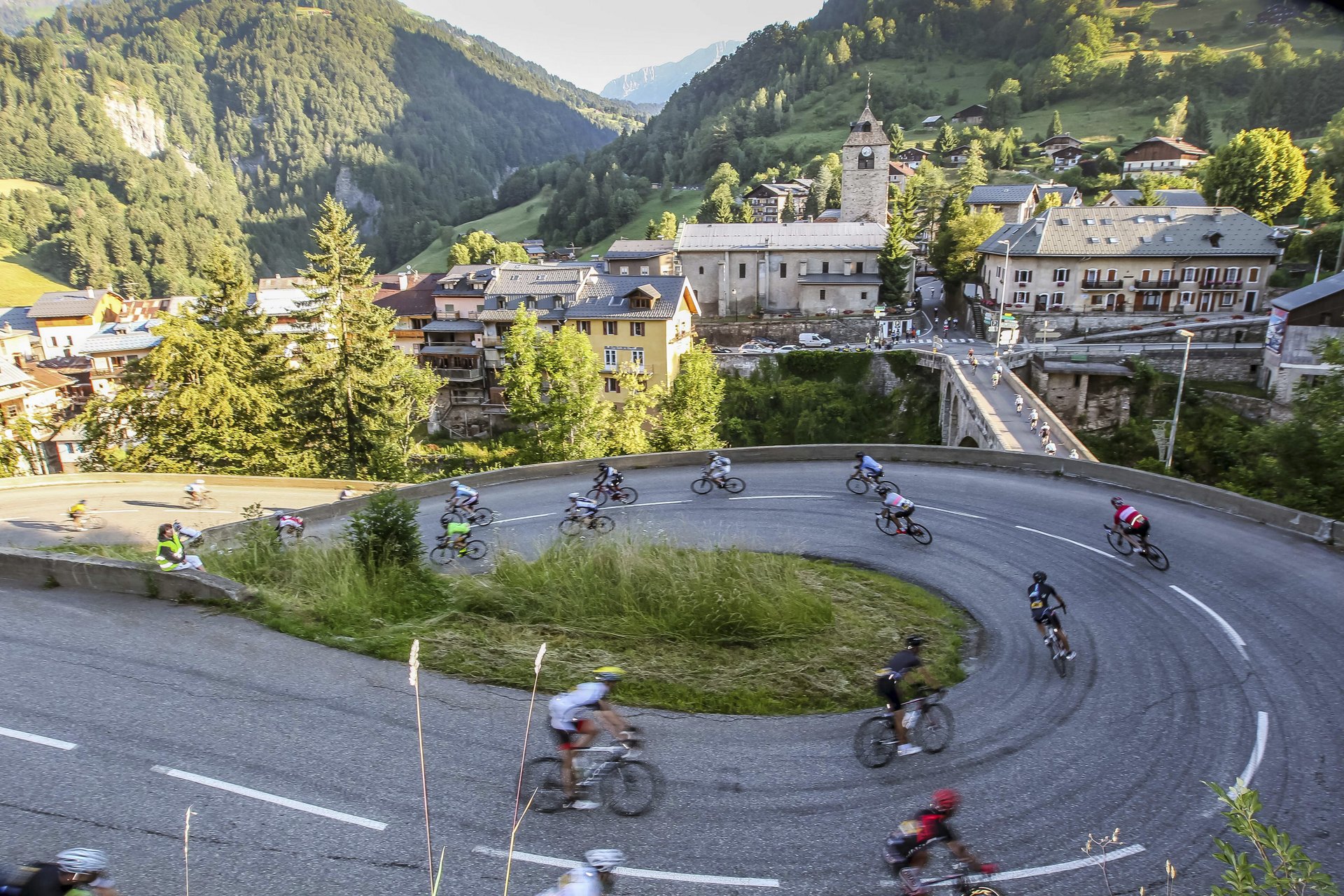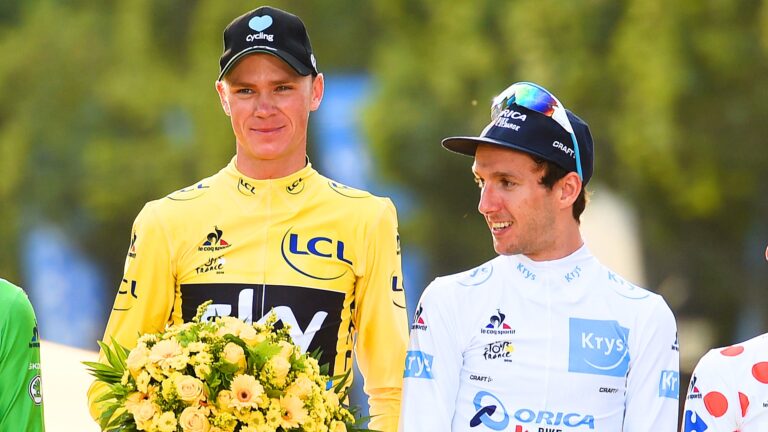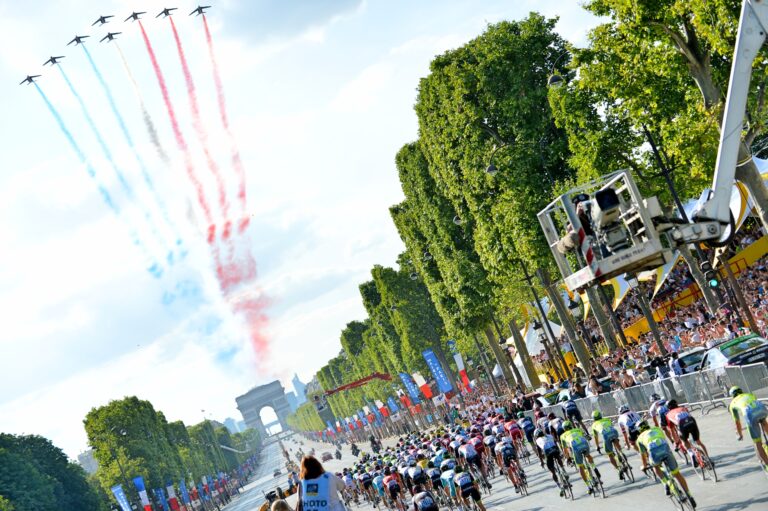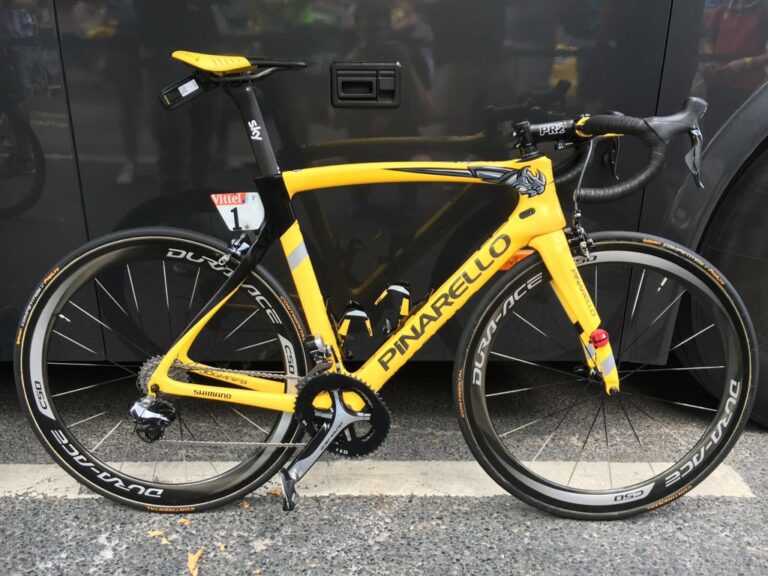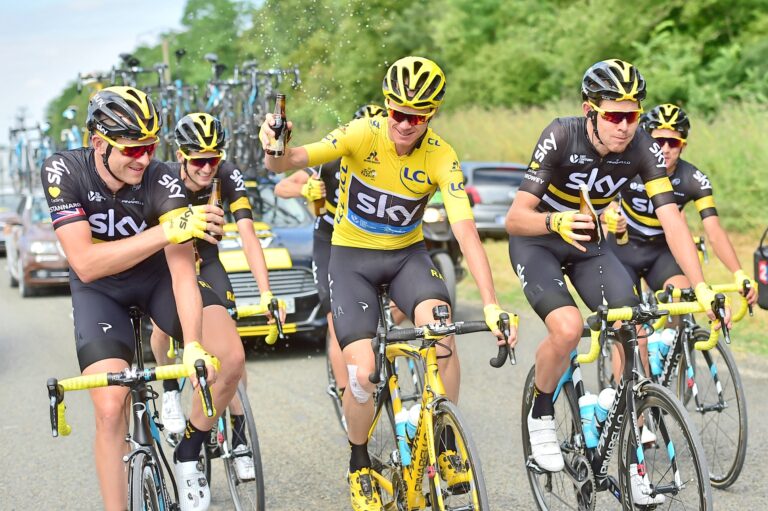The Etape du Tour sportive is one of the great challenges for any road cyclist wanting to follow in the footsteps of their Tour de France heroes – a gruelling sportive which each year sees thousands of riders flock to take in their own slice of cycling’s greatest race.
The stage selected for the 24th edition of the sportive was the epic Megève-Morzine ski station point-to-point, taking in four Alpine cols: the Col des Aravis (category two), Col de la Colombière (category one), Col de la Ramaz (another cat one) and Col de Joux Plane (hors categorie), in what promises to create an incredibly exciting finale to this year’s race.
Except, of course, things rarely pan out exactly as you plan, as organisers ASO have found out previously this year at the Paris-Nice Challenge. On that occasion, the showpiece Col d’Eze was sacrificed from the sportive accompanying the race due to road works. This time, owing to a rock fall, the Ramaz wouldn’t be visited. As a result, the 146km stage was shortened, taking the valley road from the base of the Colombière descent, direct to the Joux Plane – totaling 122km with 2,800-odd metres of climbing, as opposed to the 146km, 4,000m extravaganza originally planned.
Still, I thought as I entered the starting pen on Sunday – pen four, with the time-chasers, in case you’re interested – at least now I had the chance to attack the course…
